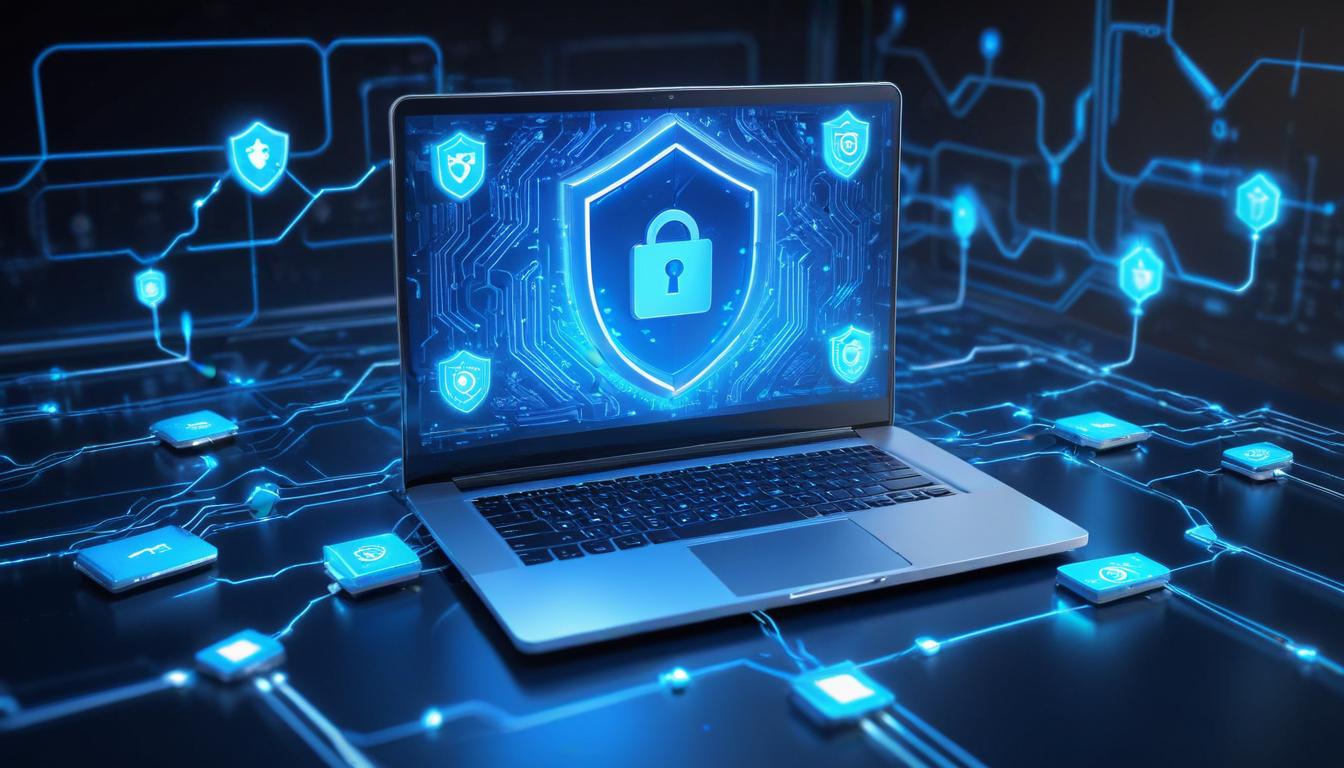The intersection of cryptocurrency custody and digital security has become increasingly critical as the value and sophistication of digital assets continue to grow. This analysis explores the multifaceted approach required to protect cryptocurrency holdings through proper operational security, system hardening, and privacy-preserving practices.
The foundation of cryptocurrency security begins with the operating system choice, which serves as the first line of defense against potential threats. Unix-based systems like macOS and Linux have traditionally offered stronger security architectures through their permission-based systems and reduced attack surface compared to Windows-based environments. This inherent security advantage stems from their architectural design and smaller market share, which has historically made them less attractive targets for malware developers.
Privacy-focused computing requires a layered approach that extends beyond the operating system. Virtual Private Networks (VPNs) represent a crucial component in this security stack, but their implementation must be carefully considered. Premium VPN services that accept cryptocurrency payments offer superior privacy benefits by breaking the link between identity and service usage. The ability to pay via Lightning Network or CoinJoined bitcoin transactions further enhances privacy by obscuring the payment trail.
System isolation has emerged as a best practice for cryptocurrency security. Dedicated hardware configurations, where devices are reserved exclusively for cryptocurrency operations, significantly reduce exposure to potential threats. This approach creates an air gap between daily computing activities and sensitive financial operations, minimizing the attack surface available to potential adversaries.
Authentication security has evolved beyond traditional username and password combinations. Hardware security keys have become increasingly important in the cryptocurrency ecosystem, offering superior protection against sophisticated attacks like SIM swapping and social engineering. These physical authentication devices provide a tangible security layer that cannot be easily compromised through remote attacks.
Password management represents another critical security vector that requires careful consideration. While cloud-based password managers offer convenience, they also present centralized points of failure. Hardware-based encrypted storage solutions for credentials provide an additional security layer by physically separating sensitive authentication data from networked systems.
Email security intersects significantly with cryptocurrency operations, as many services rely on email-based authentication flows. Dedicated email addresses for cryptocurrency operations, accessed only through secure devices, can help compartmentalize risks and reduce exposure to potential compromises.
The broader privacy landscape continues to evolve, with decentralized communication protocols and privacy-preserving tools gaining prominence. These technologies offer alternatives to traditional centralized services, reducing reliance on trust in third-party providers while enhancing operational security.
Looking forward, the security landscape for cryptocurrency holders will likely become more complex as assets appreciate and attack vectors evolve. Continuous adaptation of security practices, regular security audits, and staying informed about emerging threats will be essential for maintaining robust protection of digital assets.
The future of cryptocurrency security will likely see increased integration of hardware security modules, biometric authentication, and zero-knowledge proof systems. These advanced security mechanisms will provide stronger guarantees while potentially reducing the complexity of secure operations for end users.
Successful cryptocurrency security requires a holistic approach that combines technical controls, operational procedures, and user awareness. As the value secured by these systems increases, the sophistication of security measures must evolve in parallel, always staying ahead of potential threats while remaining practical for regular use.


